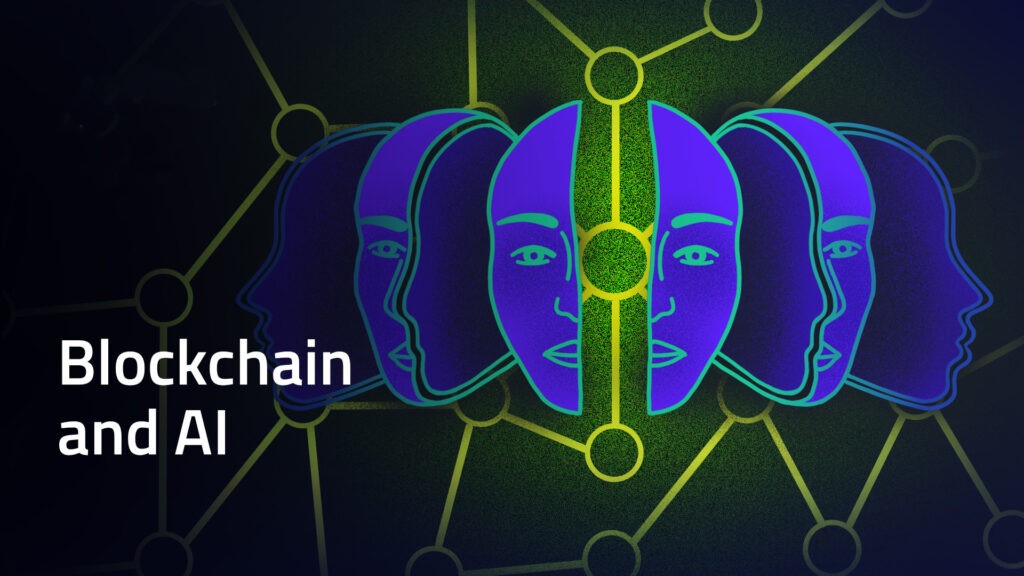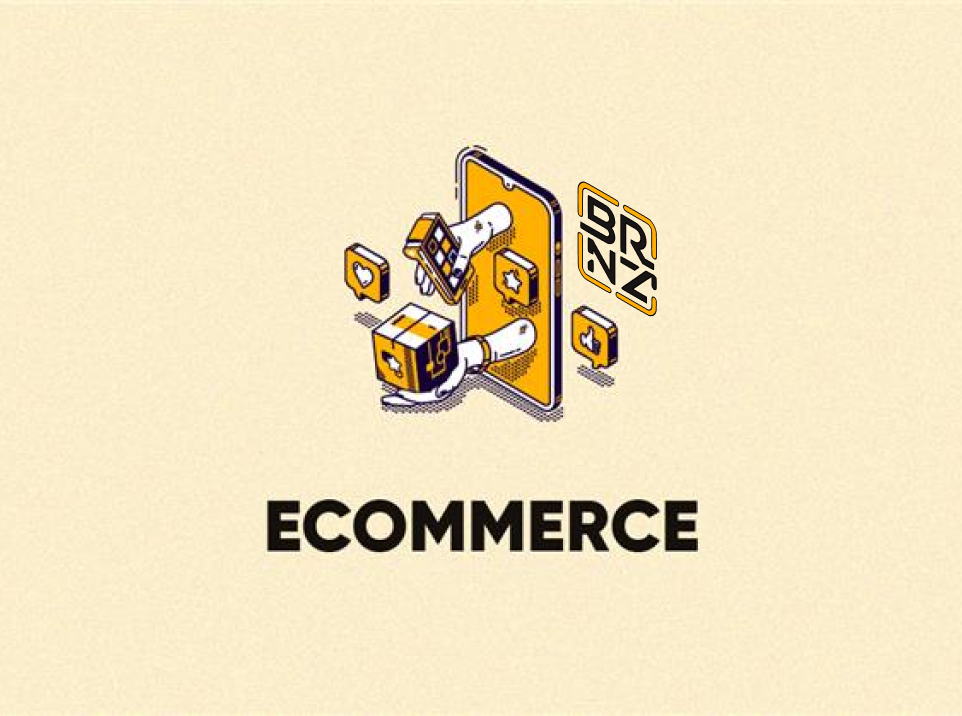In reality, many of the oft-touted uses for bringing blockchain and AI together aren’t actually all that useful. Industries everywhere are asking “What can AI do for us?” But the blockchain industry, known for challenging norms, is also asking the opposite question: “What can blockchain do for AI?”
While there are some compelling answers, three narratives have emerged around this question that are frequently misleading and, in one case, potentially even hazardous.
𝗡𝗮𝗿𝗿𝗮𝘁𝗶𝘃𝗲 #𝟭: 𝗕𝗹𝗼𝗰𝗸𝗰𝗵𝗮𝗶𝗻 𝗰𝗮𝗻 𝗰𝗼𝗺𝗯𝗮𝘁 𝗺𝗶𝘀𝗶𝗻𝗳𝗼𝗿𝗺𝗮𝘁𝗶𝗼𝗻 𝗰𝗮𝘂𝘀𝗲𝗱 𝗯𝘆 𝗔𝗜
Blockchain technology has been touted as a potential solution to combat misinformation stemming from generative AI. At a recent Coinbase event, an expert panel suggested that blockchain’s cryptographic digital signatures and timestamps could be leveraged to make it clear what’s authentic and what’s been manipulated in digital media.
While blockchain does offer a tamper-proof way to record digital-media creation, its ability to clarify authenticity is limited. For instance, if a photo of a flying saucer above the Washington Monument is registered on the Ethereum blockchain, it indicates that the image was created before a certain block and that a specific individual registered it.
Without additional context or trust in the creator, blockchain alone cannot confirm the validity of the content. Some cameras can digitally sign photos for authentication, but this isn’t inherent to blockchain technology.
𝗡𝗮𝗿𝗿𝗮𝘁𝗶𝘃𝗲 #𝟮: 𝗕𝗹𝗼𝗰𝗸𝗰𝗵𝗮𝗶𝗻 𝗰𝗮𝗻 𝗯𝗿𝗶𝗻𝗴 𝗽𝗿𝗶𝘃𝗮𝗰𝘆 𝘁𝗼 𝗔𝗜
Model training requires extensive data to produce effective results. While blockchain technology has been suggested as a solution for securely handling such data, its transparent nature conflicts with the need for confidentiality.
Advancements in privacy-enhancing technologies within the blockchain industry have been highlighted as potential solutions. However, zero-knowledge proofs do not fully address the privacy concerns associated with AI model training, as they do not conceal information from the party constructing the proof.
Other cryptographic and security tools, like FHE, MPC and secure enclaves, offer promise for privacy-preserving AI, particularly in federated learning scenarios.
𝗡𝗮𝗿𝗿𝗮𝘁𝗶𝘃𝗲 #𝟯: 𝗕𝗹𝗼𝗰𝗸𝗰𝗵𝗮𝗶𝗻𝘀 𝗰𝗮𝗻 𝗲𝗺𝗽𝗼𝘄𝗲𝗿 𝗔𝗜 𝗯𝗼𝘁𝘀 𝘄𝗶𝘁𝗵 𝗺𝗼𝗻𝗲𝘆 — 𝗮𝗻𝗱 𝘁𝗵𝗮𝘁’𝘀 𝗮 𝗴𝗼𝗼𝗱 𝘁𝗵𝗶𝗻𝗴
Jeremy Allaire, CEO of Circle, emphasizes the synergy between AI and blockchains, suggesting they are well-suited for each other. While this alignment presents opportunities, it also raises concerns.
The fear of AI agents operating beyond human control extends beyond traditional scenarios like autonomous vehicles or weapons. With access to the financial system, AI agents could wield significant power, potentially leading to malicious activities.
The integration of blockchains and AI does hold clear promise. AI may add unprecedented flexibility to blockchain systems by creating natural language interfaces to them. Blockchains may provide new financial and transparency frameworks for model training and data sourcing and put the power of AI in the hands of communities, not just enterprises.



